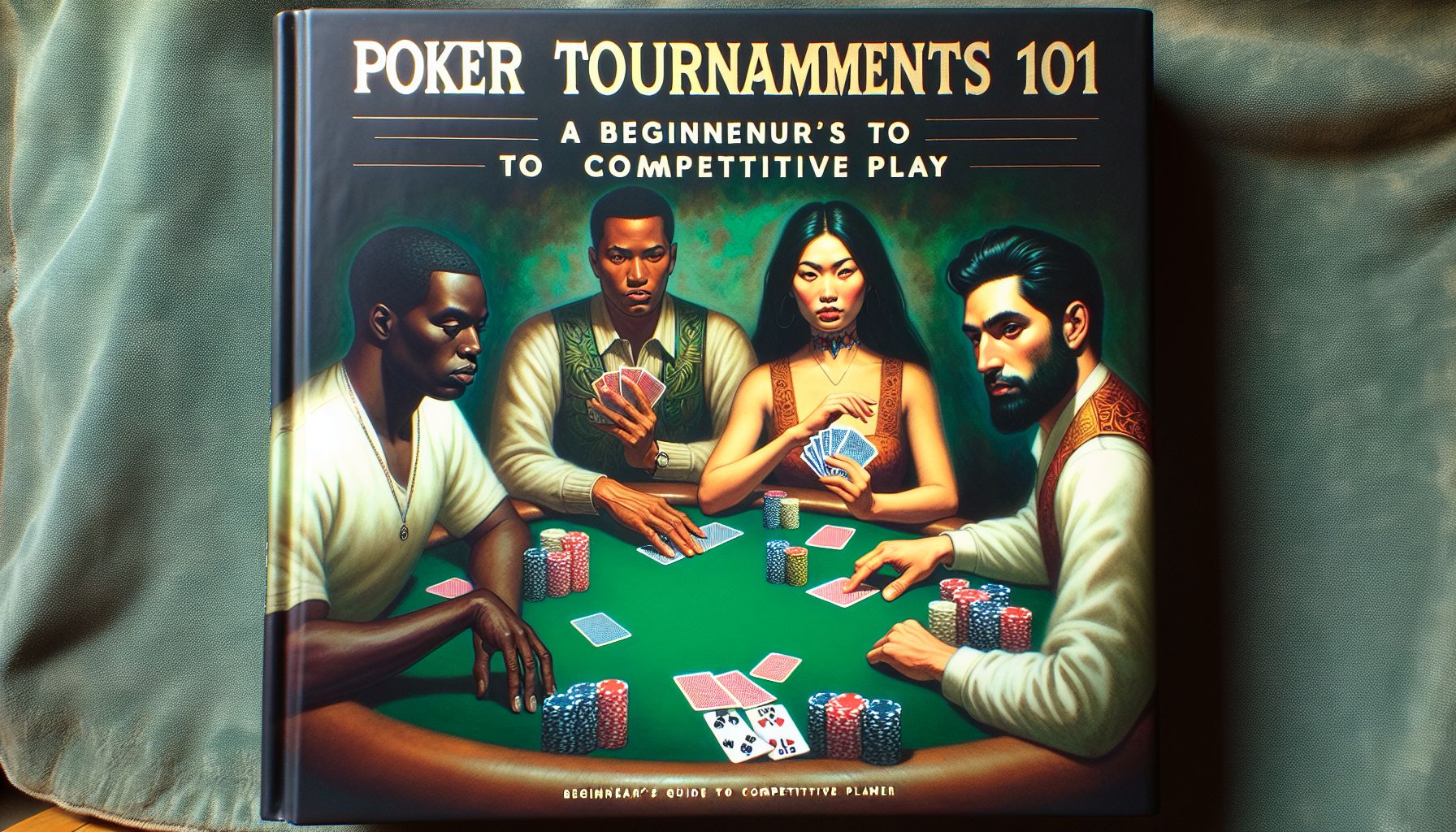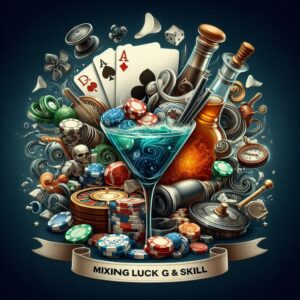It has never been a better time to venture into the world of competitive poker. This game has exploded in popularity over the last few years, Guide to Competitive Play with poker tournaments fluctuating from convening at charmingly dark, smoke-filled rooms to magnificent, high-stakes international stages. The allure of poker lies in its unique combination of luck, skill, and psychology. If you are considering dipping your toes into the alluring world of poker, this guide will equip you with the basics that every amateur player needs to know before participating in competitive play.
Introduction
Poker, over time, has become much more than just a game. It is a competitive sport that demands a keen understanding of strategy, Guide to Competitive Play a well-modulated control over facial expressions, and a temperament that can traverse triumph and disaster with measured aplomb. This guide aims to familiarize you with the basics of poker tournaments, different types of these tournaments, poker tournament strategies, and finally, tips for tournament poker play. You do not have to be a professional poker player to participate in tournaments, but understanding the landscape of a poker tournament certainly helps.
Part One: Understanding Poker Tournaments
Poker tournaments are events where players compete by playing poker. Unlike cash games, where players can join or leave at will with real money, in a tournament, players pay an entry fee and start with the same number of poker chips. When a player loses all their chips, they are eliminated. The game goes on until one player accumulates all the chips in play.
Part Two: Poker Tournament Strategies
Tournaments are an endurance contest, a joust of focus, and a duel of strategy. Here are some essential strategies for your first tournament:
The Early Stage
In this stage, you should generally play tight and conservatively. Avoid marginal hands and focus on understanding the playing behavior of your adversaries. Remember, at this stage, the blinds are low, and you have plenty of chips in front of you, so there is no need for hasty moves.
The Middle Stage
Here, you’ll need to shift gears based on the stack of chips you have. If you have a larger stack, be more aggressive. Try to steal blinds and pots. But for a smaller stack, avoid confrontations and wait for the perfect hand to make your move.
The Late Stage
During the final part of the tournament, pay close attention to your opponents’ stack size. If most of them have smaller stacks, raise frequently to apply pressure. But if you face larger stacks, play more cautiously.
Conclusion
Poker tournament play is a captivating, action-packed experience that can potentially bring you success and recognition. Like all forms of poker, it requires skill, strategy, and a significant amount of practice. This guide gives you a basic arrangement of the things you need to keep in mind. So, always remember that the joy of poker lies in the play as much as the win. Now, gather up the courage to join the table. May the cards be ever in your favor!


